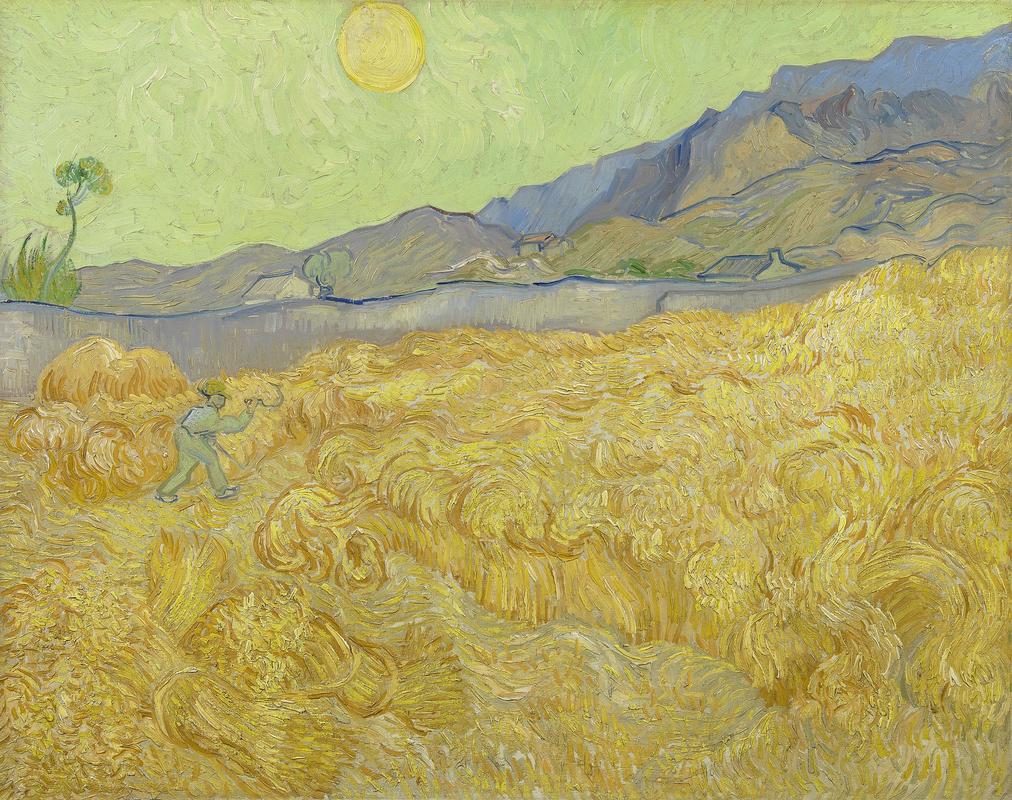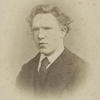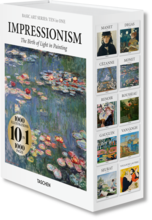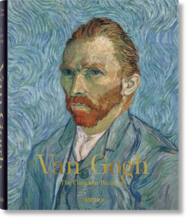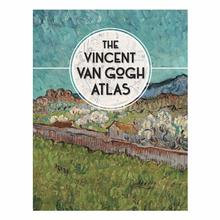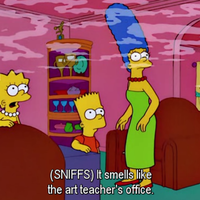More about Wheatfield with a Reaper
- All
- Info
- Shop
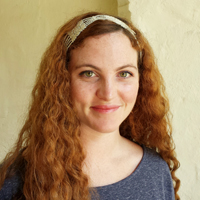
Sr. Contributor
It’s estimated that Vincent van Gogh painted this wheat field outside of his barred studio in the asylum of St. Paul at least 12 times between 1889 and 1890.
Prior to signing himself into the madhouse, landscapes of peasants working the fields or sheaves of wheat pop up frequently in his portfolio begging the question, wheat’s with the obsession?
While I think my theory that Van Gogh suffered from celiac disease and obsessively painted wheat as a means of coping with the lack of gluten in his diet should be taken seriously by art historians, I guess the more obvious answer of symbolism is fine too. In his younger days Van Gogh hoped to go into the ministry to bring God to the working classes. Since he was preaching to field workers naturally one of the themes of his sermons became, wheat for it, the field! Men were sowing their seeds now to be harvested in the Kingdom of Heaven, God lived in the sun and nurtured what was sowed etc. Though Van Gogh eventually abandoned being a preacher and instead devoted himself to painting as a means of expressing and sharing his spiritual beliefs, the wheat field and the worker remained a prevalent theme throughout his career.
During his stint in the asylum, sometime after the infamous ear incident, Van Gogh began (as many of us have) to use art as therapy. For the first few months he was not allowed to leave his rooms and as a result painted multiple takes on his view of the walled in wheat field and distant mountains. Contemplating art and thusly religion seemed to help and in an 1889 letter to his brother Theo, Van Gogh wrote that painting “does me good and chases away what I imagine are abnormal ideas.” In the same letter he muses that the reaper is “the image of death” and humanity is the wheat, adding that “this death was almost smiling,” an allusion no doubt to the virtues of hard work when basking in the glory of God (the sun). During this time he also wrote to his brother:
“Well, do you know what I hope for, once I allow myself begin to hope? It is that the family will be for you what nature, the lumps of soil, the grass, the yellow wheat, the peasant, are for me, in other words, that you find in your love for people something not only to work for, but to comfort and restore you when you need it.”
The optimism present in this beautiful thought was sadly short-lived. In 1890 only a few months after leaving the asylum Van Gogh shot himself (or was shot, no one knows), some say in the very field that had filled him with so much hope. As it is well discussed, his death ushered in the success he had always sought during life. He became so popular that this painting, as well as 33 others, were forged with the intention to sell in a 1928 Berlin exhibition. Luckily for the buyers it was noticed before opening that the paintings were fakes (don’t give them too much credit, it was only when the last 4 pieces were delivered that anyone caught on). Reputed art dealer Otto Wacker and supplier of the paintings stood trial and in 1932 was charged with fraud and sentenced to 19 months in jail.

